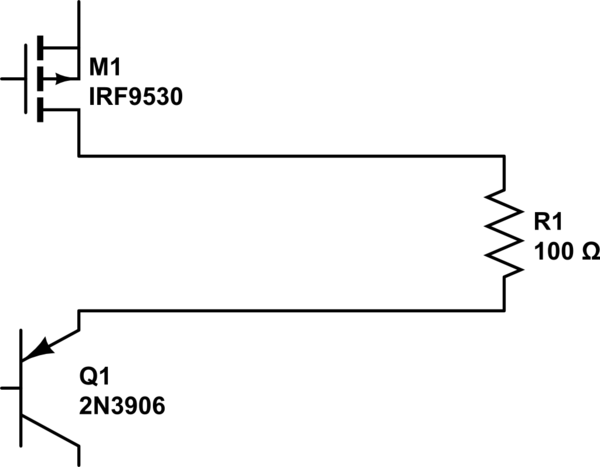I am studying about CAN buses, and there is one thing I just can't find an explanation for. I understand that the idea of a wired-and connection is, that if any node is driving the bus to the dominant state, the bus will get to the dominant state regardless of the number of nodes transmitting a recessive state.
However, I find that in CAN the dominant and recessive states are as shown in the image below.

I could easily image an implementation like this, if it was the other way around, and the dominant state was the one where the wires are on the same voltage level:
But this implementation would result in the states being swapped. So how is it possible for the dominant state to be the state with the voltage difference?

